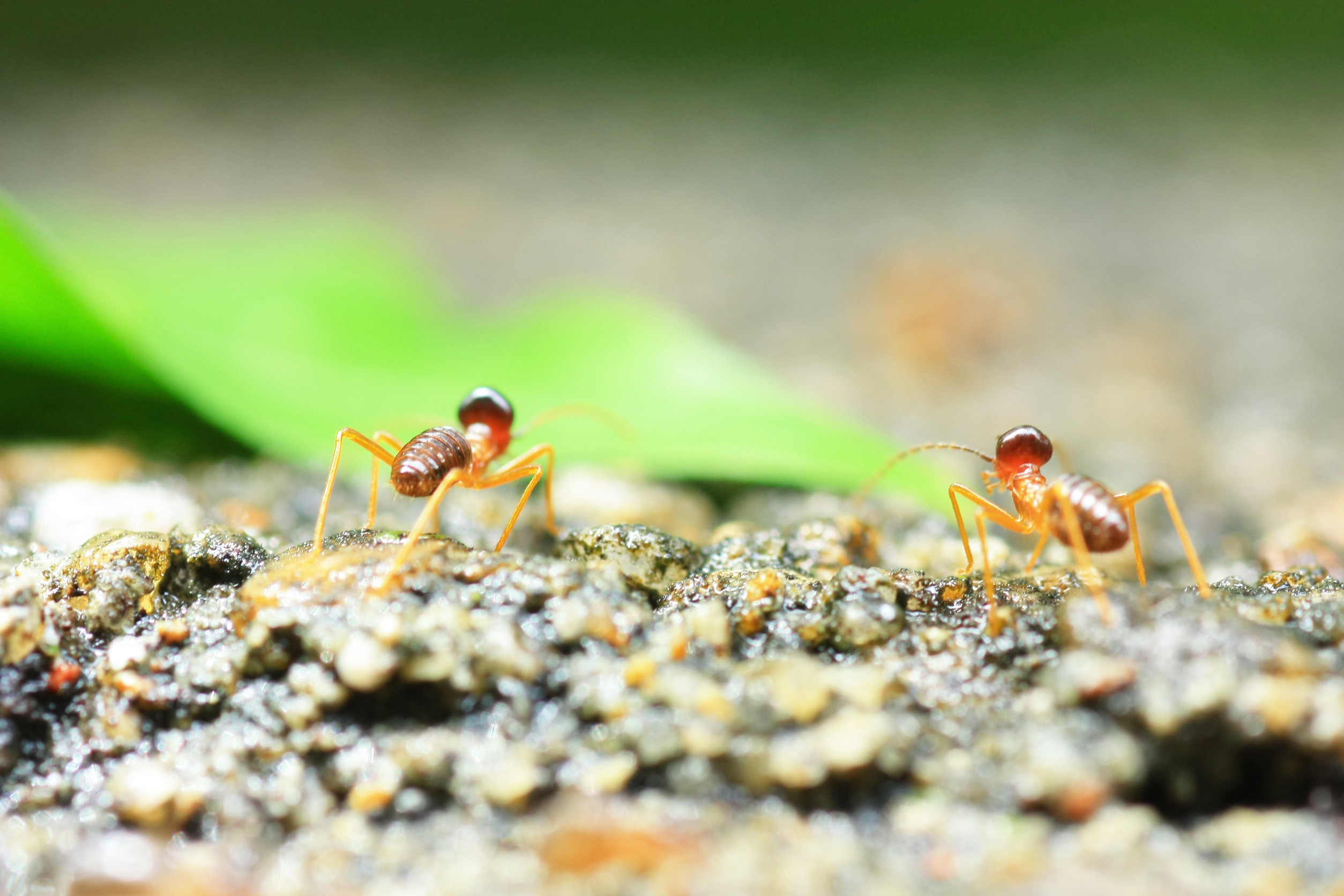
Ants may seem harmless, but when they invade a garden, they disrupt plant health, encourage pest infestations, and even damage soil structure. While some ants play a role in the ecosystem, certain species overpopulate, creating an imbalance that affects plant growth. Knowing how to control them without harming beneficial insects helps maintain a thriving garden.
1. Remove Their Food Source
Ants are drawn to sugary substances, decaying plant matter, and even insect honeydew. Cleaning up fallen fruit, trimming dead leaves, and managing aphid populations reduces their food supply. Keeping gardens free of ant attractants makes the environment less inviting.
2. Use Diatomaceous Earth
This natural powder dehydrates and kills ants without harming plants. Sprinkling food-grade diatomaceous earth around ant trails and entry points creates an effective barrier. Applying diatomaceous earth safely helps control pests while remaining eco-friendly.
3. Introduce Natural Predators
Beneficial insects like ladybugs, lacewings, and parasitic wasps help reduce ant populations by controlling pests that ants rely on for food. Encouraging biodiversity through companion planting supports a balanced ecosystem. Attracting predatory insects keeps gardens pest-resistant naturally.
4. Use Vinegar Solutions
A simple mix of vinegar and water disrupts ant pheromone trails, preventing them from navigating their paths effectively. Spraying this solution near nests or common gathering spots forces colonies to relocate. Using vinegar for natural pest control provides a safe and effective option for ant removal.
5. Apply Citrus Peels
Citrus oils deter ants due to their natural acidity and strong scent. Placing orange or lemon peels around entry points discourages them from settling in affected areas. Utilizing citrus-based repellents provides a chemical-free alternative for pest management.
6. Create Soapy Water Barriers
Soap disrupts the exoskeleton of ants, making diluted soapy water an effective repellent. Spraying affected soil and plants helps break up ant trails without harming vegetation. Using soap solutions for pest control offers an accessible method for keeping infestations at bay.
7. Boiling Water for Nest Removal

For direct removal of ant colonies, pouring boiling water into their nests eliminates large populations quickly. While harsh, this method works in cases of severe infestation. Using heat-based pest control minimizes reliance on chemicals while being effective.
8. Encourage Healthy Soil Conditions
Ants thrive in dry, loose soil, making moisture management a powerful tool for prevention. Watering plants consistently and adding organic mulch discourages colonies from settling. Maintaining healthy soil balance strengthens plant resilience while preventing pest invasions.
Keeping Gardens Ant-Free Without Harming the Ecosystem
Controlling ant populations doesn’t mean eliminating them entirely—balancing pest management with natural deterrents allows gardens to thrive. By removing attractants, encouraging biodiversity, and using simple DIY solutions, ants can be managed effectively while maintaining a healthy, pest-resistant environment.
What’s the most effective method you’ve used to keep ants out of your garden? Share your experience in the comments below!
Read More:
7 Traditional Gardening Tips That Science Says Are Wrong
Top 9 Common Plant Pests and How To Control Them
The post Tiny Takeover: 8 Ways To Get Rid of The Ants In Your Garden appeared first on Frugal Gardening.







